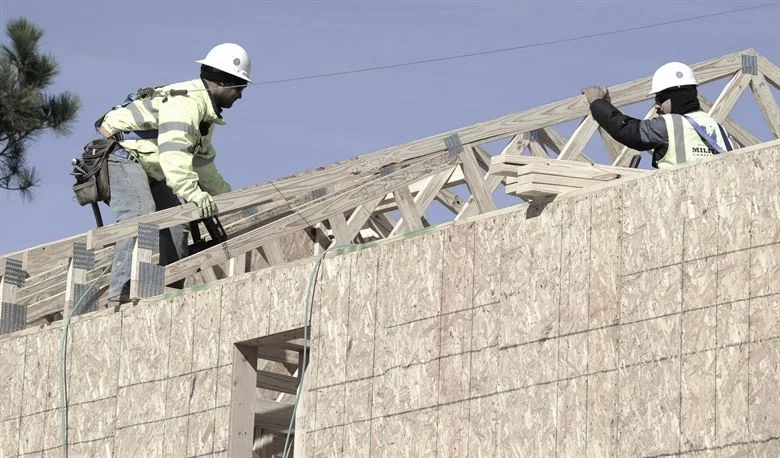How do I find the right builder?
It is common to hear sad stories about problems with builders, such as construction costs out of control, houses collapsing and sites left half-finished. In our experience the majority of builders are professional and quite co-operative.
We usually recommend tendering the project out to three builders. You can propose them or we can help you by suggesting and introducing professionals who have worked with us and for our past clients successfully.
Here is a list of tips and recommendations:
1- It is not advisable to engage the builder before you have accurate documentation about your project: asking for a price before you have any drawings, detailed information or specifications could be counter-productive.
2-Consider the nature and scope of the project: it could be too large for certain builders who might not have the resources to carry out the work and are just planning to outsource most of it, or perhaps the project might be small but with an important need for attention to detail and specialist items, such us fixtures and joinery items.
3- Aim for one principal contractor with responsibility for all of the work,instead of trying to save money by directly engaging separate contractors and trades, such as plasterers, electricians and carpenters, which could lead to certain situations in which responsibility is diluted and co-ordination in some stages becomes difficult and complex, when trades concur in time and place.
4- Be precise, clear, and specific: this will be your architect´s duty ‒ the more accurate and well-defined the project documents, the better.Below is a list of some of the documents for a construction project with a budget of between £50k and £1m, and which involves extensions as well as refurbishment; there should be at least the following, as Architect’s Information:
-Floor plans, sections and elevations with a minimum scale of 1:50
-Detailed drawings, with scales ranging between 1:5 and 1:20
-Schedule of works and Specification
-Schedule of services, ventilation, electrics and lighting
-Schedule of materials and finishes
5-Tender the project out: get prices from at least three different builders for the same work. You will know they are quoting for the same work because you have accurate documentation, so there is not much room for assumptions, and the builders will quote against the schedule of works which your architect has prepared previously so that tenders can be compared easily.
Tenders need to be carefully reviewed ‒ if one is significantly cheaper than the others, then perhaps there is some mistake.Typically, tenders should not differ by more than 10% ,and a set of similar tenders should give you a clue as to price for carrying out the work and delivering the project.
6-Prime Cost (PC) and Provisional Sums (PS): These are two important terms which you must understand when comparing quotations.
-PC Sum: A Prime Cost Sum (PC Sum) is an allowance for the supply of work or materials to be provided by a contractor or supplier that will be selected by the client and imposed on the main contractor after the main contractor has been appointed. The allowance excludes any profit mark-up or attendance by the main contractor.
-P Sum: a Provisional Sum is an allowance that is inserted into tender documents for specific items or work, which is not yet defined in enough detail for tenderers to price. In other words, it is just a guess, which will probably change by increasing.
7-Have a building contract: after providing all the information necessary to specify and describe a project, it would not make sense not to use it by attaching it to a contract between you and the builder, for the performance of specified work and services, for a specified amount of money.
There are many forms of contract, and your architect or solicitor will be able to advise on this matter. The most commonly used is a JCT contract, and for domestic projects it is the JCT Minor Works contract, but this can vary, depending on the nature of the project.
8-Check on Builder Insurance Policies: Your main contractor must have at least these three in place, and provide the corresponding certificates:
- Public Liability Insurance: this insures against third-party injuries occurring while work is being carried out on the property. It also insures neighbouring properties against damage.
- Employer´s Liability Insurance : this is a legal requirement for limited companies that insures all parties in the event of injury to an employee as a result of installation or fitting during home-improvement work.
- Installer´s All-Risk Cover: this covers work carried out by the builder that is accidentally destroyed before completion or before the homeowner has a chance to extend their policy to cover it.
9- Ask for testimonials and references: if the contractors have a good track record and are experienced, it will be easy for them to provide references and testimonials. It may also be possible to visit a completed project, where you will be able to see finishes and details that are not often noticeable in pictures.
10-Background checks: if the company is less than a year old it could mean that the previous company has been liquidated recently, so you should investigate further.
This is a simplified guide and is not a conclusive source of legal information. Land constraints might affect your development. A legal professional will be able to provide precise advice on this if needed.
Thank you for taking the time to read this article, we look forward to hearing from you so please do not hesitate to get in touch.


